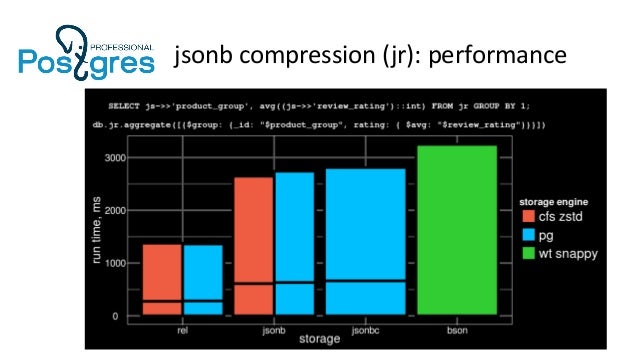
There is no predefined structure of a collection. means of for the group inside the collection which is equivalent to a table in a relational SQL database. We can store anything like binary data, object, JavaScript code, double, Boolean, string, integer, and many more. It is nothing but an extension of JSON which helps to support more data types than JSON. The data of the MongoDB database is stored in BSON. The collection can have any number of documents with their number of key-value pairs. The key-value pairs are stored in a document which in turn are stored in a collection. a unique key is defined with the value associated with it. It does not contain any table and all the data is stored in JSON format. Now we know that working with MongoDB is easier than any other relational database. This is due to the features like a replica, indexing, scalability, etc. The reason being if one failed then the data can be retrieved from another server.Īs compared to other databases, MongoDB has a high data persistence.

It creates various copies of data and sends them to different servers. MongoDB helps to provide redundancy and high availability through replication. It also helps to add new machines to a running database. With the help of a shard key, large amounts of data are partitioned into data chunks and are evenly distributed across shards residing across the various physical servers.

Sharding is the process of distributing data on multiple servers. MongoDB provides horizontal scalability with the help of sharding. If the data is not indexed, it takes a lot of time for the database search to check each document and verify the query which takes a lot of time and is not an efficient method. This leads to saving time while searching any data from the pool of data. To make databases easier, documents are indexed with secondary and primary indices. Each document contains a unique object ID. This makes the data flexible in comparison to other RDBMS. in this document instead of rows and columns data stored in fields that have key-value pairs. This helps to provide greater flexibility to databases in MongoDB.Īll the data is stored in documents instead of tables. These documents may consist of different content, size, and numbers of fields. Thus, with the help of this feature, a single collection in MongoDB can hold multiple documents. This feature helps in collecting databases and hold them in various types of documents. You can also use MapReduce which is an associated implementation that helps in processing and generating big data sets in a distributed algorithm in the cluster. Mongo DB provides an aggregation framework that helps in the batch processing of data. It helps to enable MongoDB to map the document properties and internally index them and even nest the documents. BSON stands for binary JSON that is a binary-encoded serialization used for storing documents in collections. One of the key features of MongoDB is the use of the BSON format. If you are concerned about developer productivity, supporting DevOps, time to the market, and agile methodologies then, MongoDB is the best service for your concerns. It also handles operational, transactional, and analytical workloads. It helps to manage and deliver data to various applications. MongoDB is built on a scale-out architecture that is distributed and has become a comprehensive cloud-based platform. Collections have a set of documents and functions which are equivalent to rational database tables. Documents consist of various key-pairs, that are the primary unit of data. MongoDB does not use the traditional relational dates of tables and rows, instead, they use documents and collections. It is used for storing a high volume of data.

MongoDB is a NoSQL database, which is document-oriented.

Mongodb performance vs postgres update#
with the help of the data processing and management system you can create a database, update it, manage it, and retrieve any information from the database. Data can be anything related to the organization like numbers, texts, images, amounts, audio, video, documents, etc. The database is used by large companies to save and organize the data in synchronized form. It can be stored in an excel spreadsheet or text. The database is used to solve the problem related to any organization or project.


 0 kommentar(er)
0 kommentar(er)
